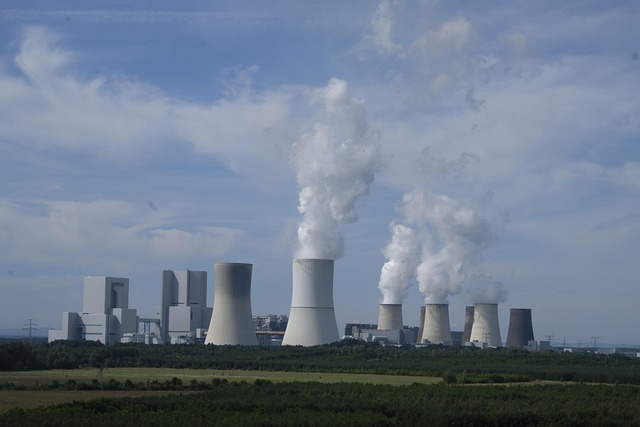
When we think of sustainable and powerful energy sources, nuclear power often stands out as a game-changer. As the world faces the dual challenges of rising energy demand and the urgent need to reduce greenhouse gas emissions, nuclear power plants have emerged as a reliable solution. But what makes nuclear power plants so significant, and why are they often referred to as the backbone of clean energy?
What is a Nuclear Power Plant?
A nuclear power plant is a facility that generates electricity using nuclear reactions, specifically nuclear fission. In this process, atoms (usually uranium or plutonium) are split into smaller parts, releasing enormous amounts of heat energy. This heat is then used to convert water into steam, which drives turbines connected to generators, producing electricity.
Unlike fossil fuel plants, nuclear plants do not burn coal or oil, making them a low-carbon energy source.
How Does a Nuclear Power Plant Work?
The operation of a nuclear power plant involves several critical components:
Reactor Core – Contains nuclear fuel (uranium/plutonium) where fission occurs.
Control Rods – Absorb excess neutrons to control the fission rate.
Coolant – Transfers heat from the reactor core to produce steam.
Steam Generator & Turbines – The steam rotates turbines to produce electricity.
Condenser & Cooling Tower – Cools the steam back into water for reuse.
Advantages of Nuclear Power
Low Greenhouse Gas Emissions
Nuclear power emits very little CO₂, making it a clean energy source.High Energy Output
A small amount of nuclear fuel can produce massive amounts of energy, unlike coal or gas.Reliable and Stable
Nuclear power plants can operate continuously for long periods without depending on weather conditions (unlike solar or wind).Energy Security
Countries with nuclear energy reduce their reliance on imported fossil fuels.
Challenges of Nuclear Power
Nuclear Waste – Spent fuel remains radioactive for thousands of years and requires safe disposal.
High Initial Costs – Building a nuclear power plant involves huge investments.
Accidents and Safety Concerns – Incidents like Chernobyl (1986) and Fukushima (2011) highlight the risks if safety measures fail.
Public Perception – Many people fear radiation and nuclear accidents, which impacts acceptance.
The Future of Nuclear Energy
With the rise of Small Modular Reactors (SMRs) and advancements in fusion energy research, the future of nuclear power looks promising. These next-generation technologies aim to make nuclear energy safer, more efficient, and more affordable. Countries like France, the USA, and China are leading the way in expanding their nuclear energy programs.
Conclusion
Nuclear power plants are a powerful solution for meeting the world’s growing energy needs while combating climate change. Although there are challenges, the benefits of clean, reliable, and large-scale energy production make nuclear power a vital part of the future energy mix. By investing in safer technologies and better waste management, we can unlock the full potential of nuclear energy.
Penned by Names
Edited by Srimathy S, Research Analyst
For any feedback mail us at [email protected]
Transform Your Brand's Engagement with India's Youth
Drive massive brand engagement with 10 million+ college students across 3,000+ premier institutions, both online and offline. EvePaper is India’s leading youth marketing consultancy, connecting brands with the next generation of consumers through innovative, engagement-driven campaigns. Know More.
Mail us at [email protected]